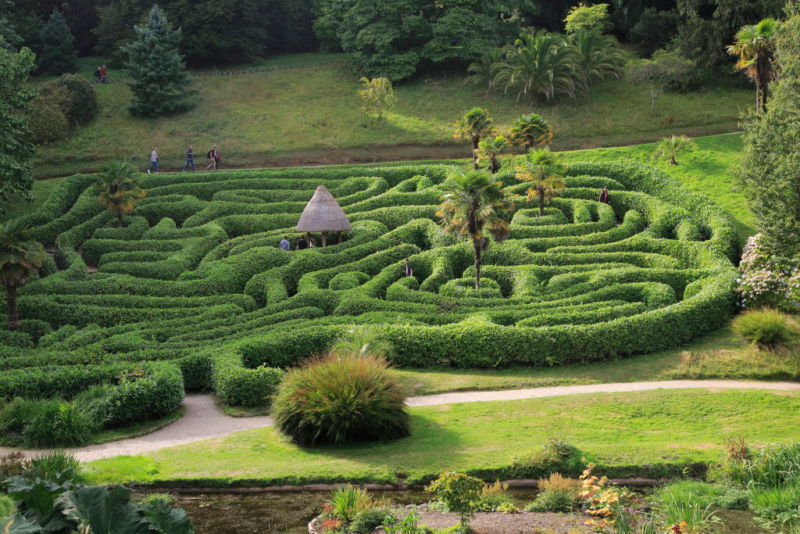
Enlarge / People exploring the Maze at Glendurgan Garden, Cornwall, England, UK. (Photo by: Geography Photos/Universal Images Group via Getty Images) (credit: Geography Photos | Getty Images)
We don’t know how older people navigate around their environments, only that they don’t do it as well as they once did. It has been posited that they favor egocentric strategies, focusing on the relationship between themselves and the objects around them. That could reduce their perspective on the environment compared to allocentric strategies, which focus on the relationships among the objects, regardless of viewpoint.
Either way, they need to use the objects around them as visual cues. A new study suggests that their declining navigation skills aren't the result of a change in strategy but that they occur even before they get to that, in how they process visual cues.
People generally harness two types of visual cues for navigation. Geometric cues include things like the brick walls of a building or a hedge border; landmarks like that really gnarled dead tree trunk or that broken street lamp. Children like geometric cues, and young adults favor landmarks.
No comments:
Post a Comment